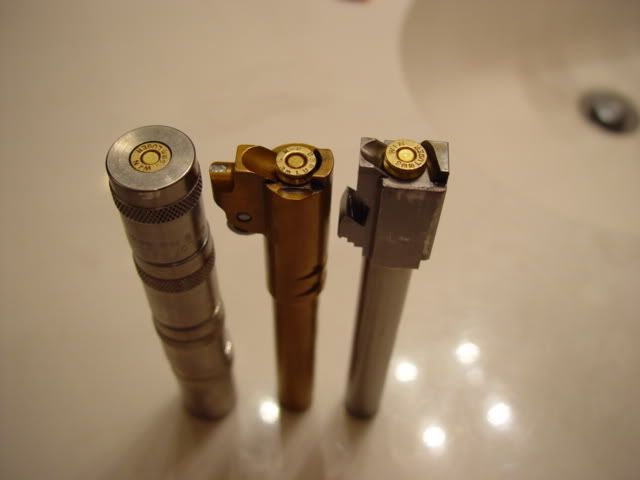I am wondering if it is common to have to resize brass with several pulls of the single stage press arm in order have it pass a go - no go head space gauge? I'm new to reloading and always thought it only took one time to size a case.
Also I have seen many cases pass the head space test once sized, but after a few days sitting out, they fail. Can brass move once it is sized? I had to resize several primed rounds with several pulls of the press arm to get them to pass. Is there a specific brand that this happens to more often? Is it just bad? Or is my Lee sizer die not working like it should?
I'm using range brass with several different head stamps and case thickness. My die is set up correctly according to the directions. Is this something that just happens?

|
   
   
|


|




 Reply With Quote
Reply With Quote






















